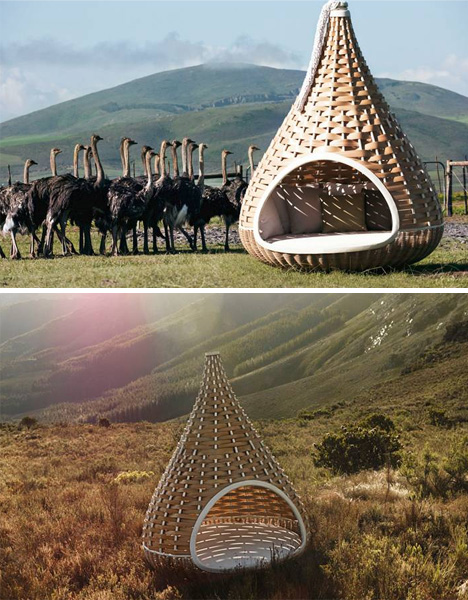





Making money from Indians on the Internet? That’s an even harder proposition. Internet users are much more likely to pay for online services than for content though Indian and Indonesian users are quite reluctant to pay at all, said the report.
Read the full report

Transitions
You know how when you type a city into Google Earth and watch the globe spin around to the country it is in and then zoom into the city? That transition is what you probably mentioned to others when you first described the app.
‘Wow!’ moments
Remember the first time you used Picasa? The first promise Picasa had was: “Find all the photos you forgot you had.” The first run experience delivered exactly that for a disorganized user like me. I rediscovered all sorts of ‘lost’ photos, like an unexpected walk down memory lane.
● Good ending: You click Google Docs Save and Close button and know that: “Certainty I won’t lose my doc!”
● Bad ending: You click the Close button on a cloud app doc and are not sure if your changes were saved.
Apple Inc Chief Financial Officer Peter Oppenheimer faces a dilemma that perhaps every finance chief wishes to have: obscene amounts of cash and nowhere to put it.
The iPhone, iPad, iPod and Mac computer maker has accumulated a cash pile that totals nearly $46 billion, the biggest cash hoard among U.S. tech companies and equivalent to one-fifth of Apple's market capitalization.
And yet, due to an ultra-conservative investment strategy and low interest rates, that cash is earning next to nothing for Apple, which rarely makes acquisitions and does not pay a regular dividend or buy back stock. Analysts say Apple's near-death experience in the 1990s helps explain why it likes to remain liquid by investing in safe but low-yielding U.S. Treasury and agency debt.Both Jobs, 55, and Oppenheimer, 47, subscribe to the Silicon Valley maxim that "only the paranoid survive," he said.
They remember the dark days when Apple was struggling to stay alive and had to lay off thousands to cut costs. When Oppenheimer joined the company in 1996 as its controller for the Americas, a series of bad management decisions had eroded profits and sent its share price diving to less than $5.
Things got so bad that one of the first things Jobs did when he returned to Apple was take a lifeline in the form of a $150 million investment from Microsoft Corp in 1997.
Although Apple is famous for innovation, research and development costs only account for 3 percent of revenue - far lower than at Microsoft and Cisco Systems Inc, due in part to Apple's narrow product portfolio.